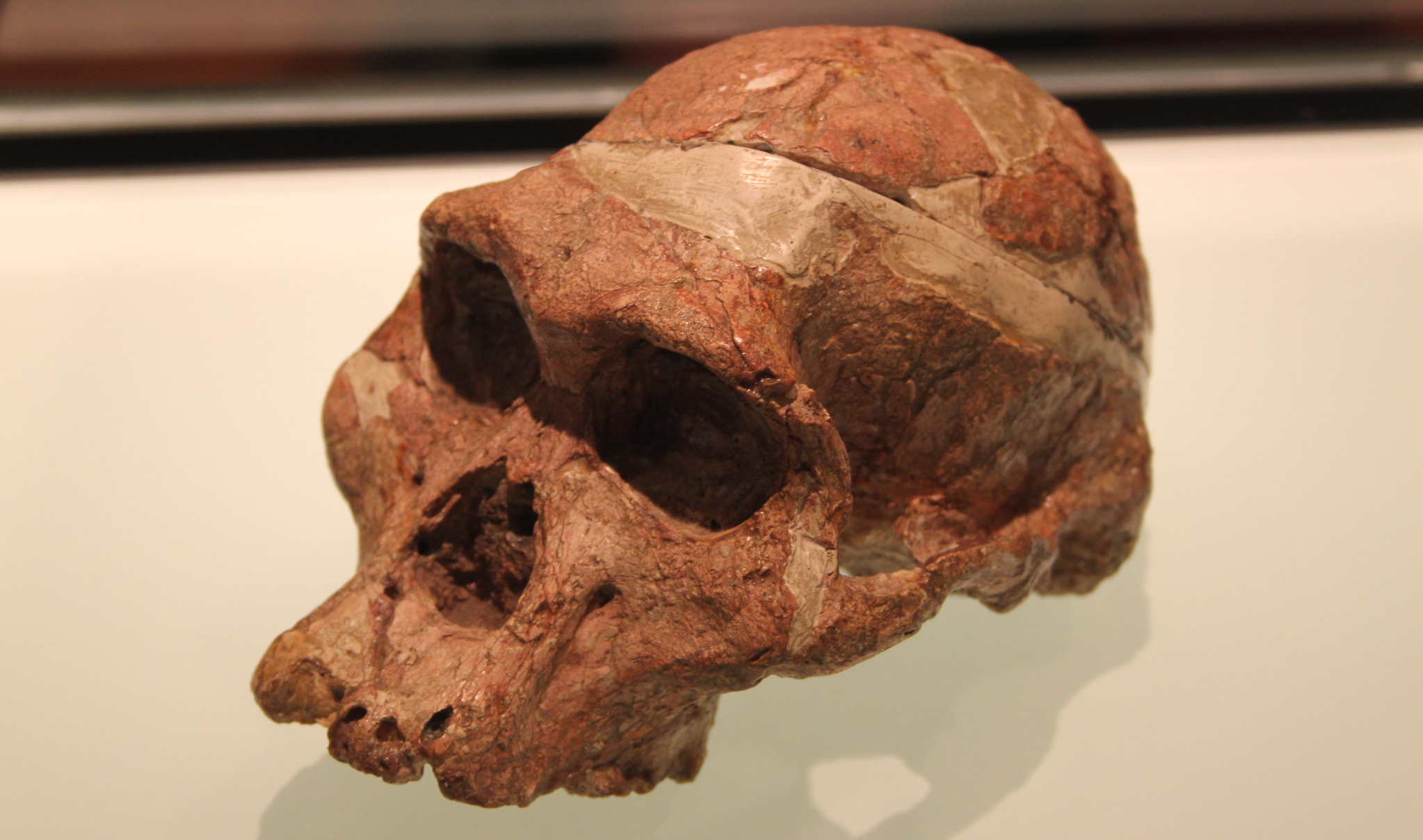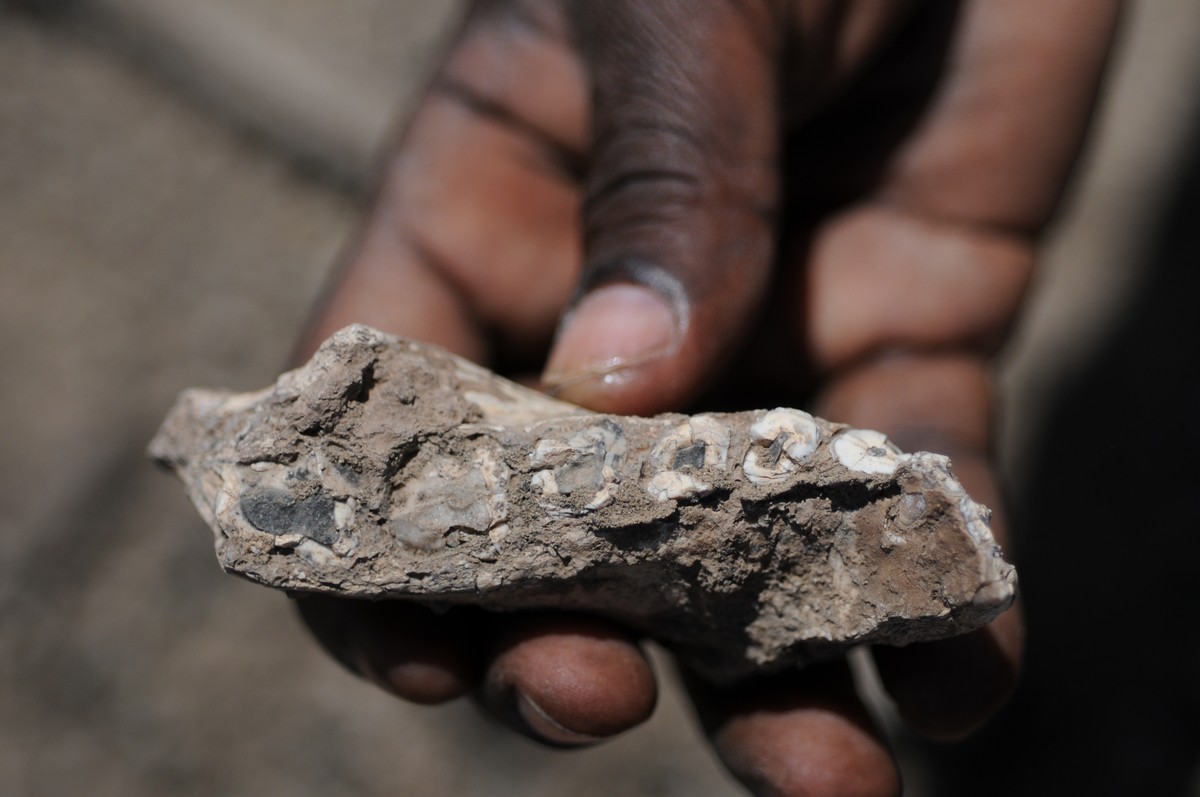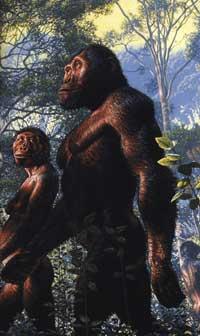Seaska fossils, a million years older than you thought
2022/07/07 Galarraga Aiestara, Ana - Elhuyar Zientziaren Komunikazioa Iturria: Elhuyar aldizkaria

Based on quartz isotopes, they have accurately measured the age of the oldest fossils of the Seaska Man’s field in South Africa and found that they are a million years older than they believed. In fact, with this method they have seen that they are between 3.4 and 3.6 million years old, so they belong to the same time as the oldest fossils of the Australopithecus afarensis (the most famous fossil is Lucy). This has disrupted the previously drawn evolutionary tree, as those of South Africa were considered descendants of Lucy and the other Australopithecus of East Africa.
The study was published in PNAS journal. It is explained that the rock containing these fossils from South Africa contains quartz. The elements of quartz, such as aluminum and beryllium, were influenced by cosmic rays, forming isotopes: alimpuri-26 and berium, respectively. The analysis of its radioactive disintegration allows knowing the age of quartz with great precision. This method is much more accurate than calculating the age of sediments in the area, so they have ruled out the age previously estimated (2.1-2.6 million) and confirmed that they are a million years older. So not only East Africa, but also the South, is a fundamental place to understand the early days of human evolution.

Gai honi buruzko eduki gehiago
Elhuyarrek garatutako teknologia






